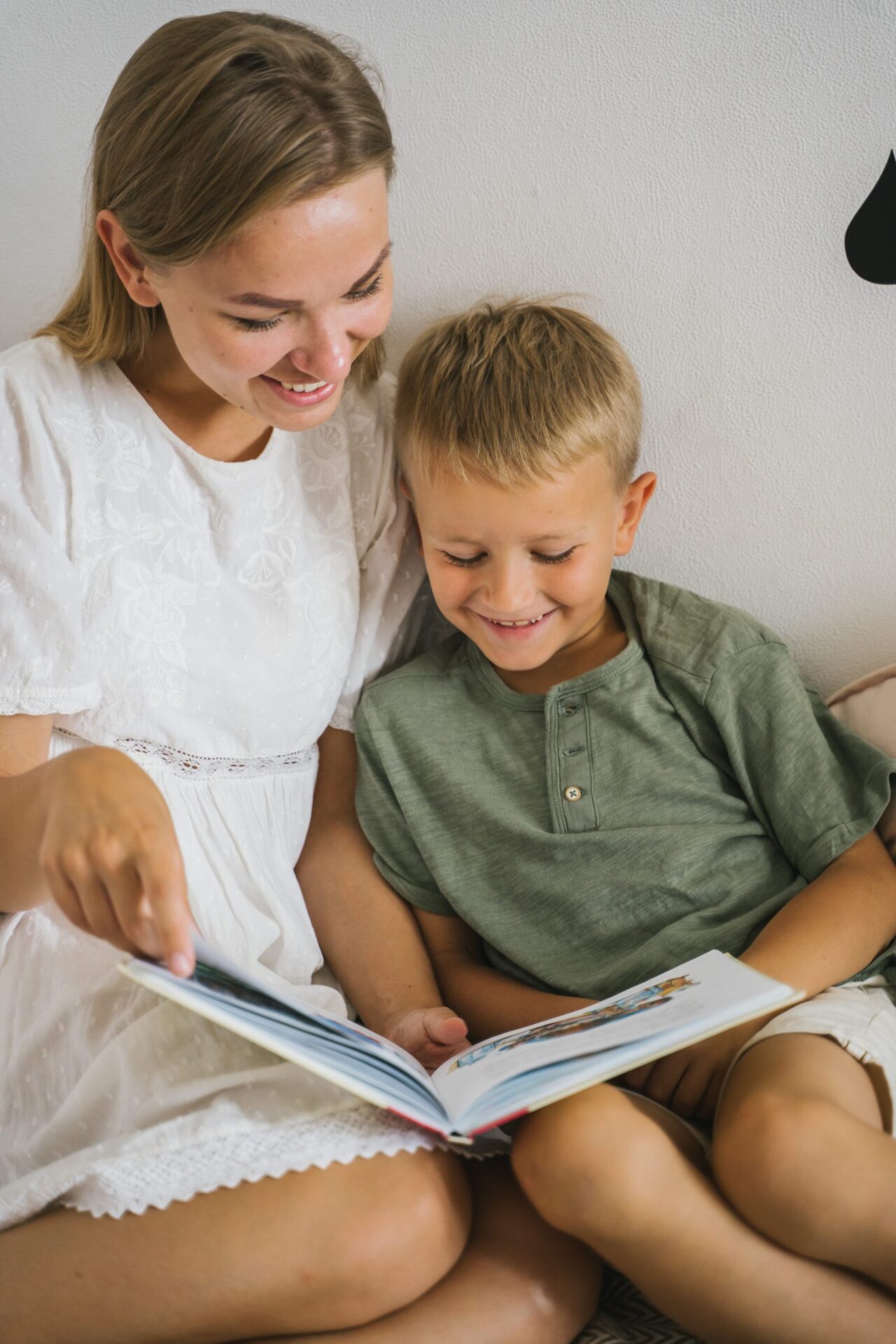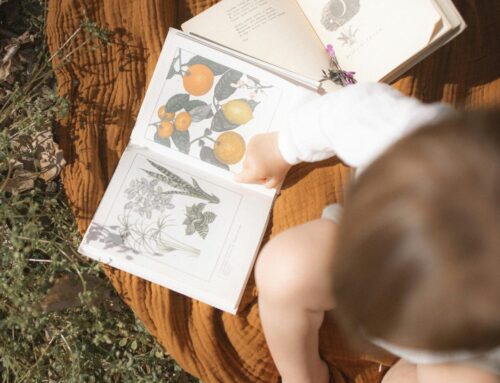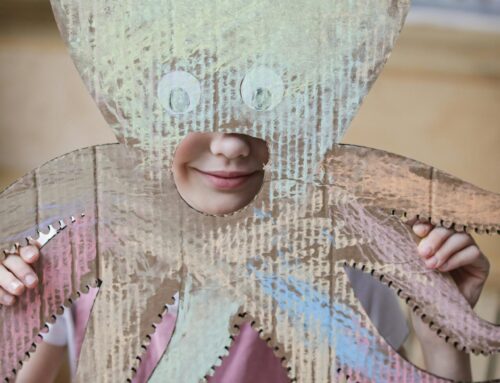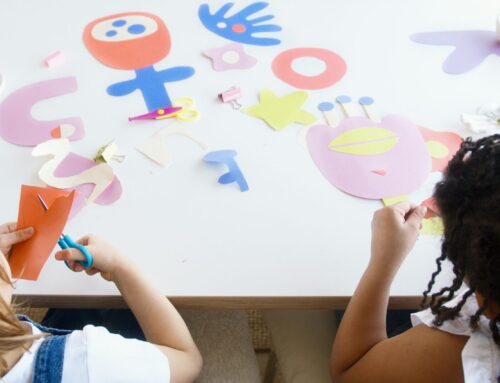Storytelling is special to me. I have always had a firm love of stories and tales of every kind, from getting lost in the words of a good book, to listening to my grandpa tell me tales of ‘the old days’ growing up in the bush. I remember a storyteller from our local library who travelled around to tiny country schools just like mine. When she arrived she would find eager groups of children waiting to hear her magical words. She would read to us, tell us stories and share beautiful books from her library.
As she told her stories, she would weave a spell among us. I can still see the excitement of her face, hear the song in her words and feel the energy she would bring to our little school. What better memory than her tales to provide us with a love of books and literacy, to get us reading our own books and telling our own stories as we grew up?
As I grew and found myself working with children of all ages and having children of my own. I remember the feeling and energy a good story can bring to a child or a group of children. A good story captivates a room full of children, calms an anxious child, shares powerful lessons and makes us laugh!
As an early childhood teacher I’ve learnt a few tricks of the trade along the way which I’d love to share with you! These will help you build your storytelling ‘toolkit’.
Storytelling with book – choose your favourites
One of my personal favourite is the classic “Where the Wild things are” by Maurice Sendak. This is defiantly not a new story (fun fact – it was banned in libraries when first published in the 1960’s!) but it is a firm favorite of mine and my own children. My youngest daughter particaurly loves it as she is our very own “Wild Thing” (just like I was as a child!). This story has a special space in my heart, just as the other stories in my toolkit do.
If you stick to your favourite children’s books, your love will come alive in your words and your children will hear and feel it. In “Where the Wild things Are”, the words and the story are emotional. It is the story of a boy called Max and how he visits his wild side. It shares his journey and how he is pulled back from his wild side. You can tell this story from the perspective of different feelings, boredom, danger, fear, frustration, even jealousy. Just like Max you can explore how to come back from these feelings.
For myself and my children (and every child I have ever read this story too) we can all relate and understand Max’s connection to the “Wild Things”. This story and Max’s wild roller-coaster of emotions are as familiar as coming home to a “hot supper”, just like Max does at the end of his wildness. Max’s story can validate our own experiences.
Consider the ages
You will want to choose different books depending on the ages of the children you are reading to. Babies love board books with strong, simple colours or books with interesting textures. Toddlers love short, repetitive stories and life the flap books!
The stories you choose for preschool children often involve adventure and imaginary characters or spaces. These might be animals, fairies or pirates, or in Max’s story – a wild world full of monsters. This is because the use of ‘imaginary’ characters can displace the issues to a space where it feels safe to explore the theme – and any ramifications that might come from that.
Preschool aged children generally have mastered the spoken word and enjoy exploring language. The trick for any storyteller is to get involved – and don’t be embarrassed. This age group is very accepting and will learn so much by listening to the tones in your voice and the expression on your face.
Verbal Storytelling
It’s also a good idea to have some verbal stories in your toolkit as well. These are tales you tell without the aid of a book. You don’t have to memories a storybook word for word, but instead tap into your own memory of the tales you have been told as a child. Or even better, make them up yourself!
There are so many to choose from, from all different cultures and traditions. You could choose more traditional moral stories like Aesop’s “The Boy Who Cried Wolf”, or an Aboriginal Dreamtime Story. These stories come with a moral message but the key here is consistency – they are short and repetitive and can be told again and again to children.
My favourite story to recite to young children is the Aboriginal Dreamtime story “Tiddalick the Frog”. This one is as old as the land we walk on and children from all over Australia will relate . All children have an understanding of how important water is for life. They may have experience times of drought down south or the dry season in north. This moral of this story is only taking what we need and not being greedy. However it can teach so much more, including the value of the environment, about fairness and ethics, and it’s a great way to authentically embed diversity and inclusion into children’s lives.
Another good thing about creation stories – they have always been told verbally! The imagery, excitement, suspense is all up to the storyteller, and the children will love listening. Even better if you have props to help the story along!
The tricks of storytelling are:
Never let the truth get in the way of a good story – don’t worry to much if your story isn’t ideologically sound, grammatically correct or logical. In a story, we want to be free to play and be creative.
Setting – choose a good spot as the environment will impact the success of your story telling. A quite space, like a comfy lounge or rug out of the way is best.
Use magic words – “Once upon a time…” is like an invitation to enter the world of fantasy and mystery, the space for the story to begin!
Emotion – Feel how the characters in your story would feel, show that through your voice, tone, facial expressions and body language. The speed of your voice, the rhythm, considered pauses and silence all help to bring the story alive!
Characters – Your characters will have their own different ways of speaking, of course. Pick an accent or a facial expression and stick with it!
Read the room – are the children reacting? Do they look bored? Change the tempo to suit your audience and spice it up if you need to. Change your tone to bring it back up, or settle it down as needed.






